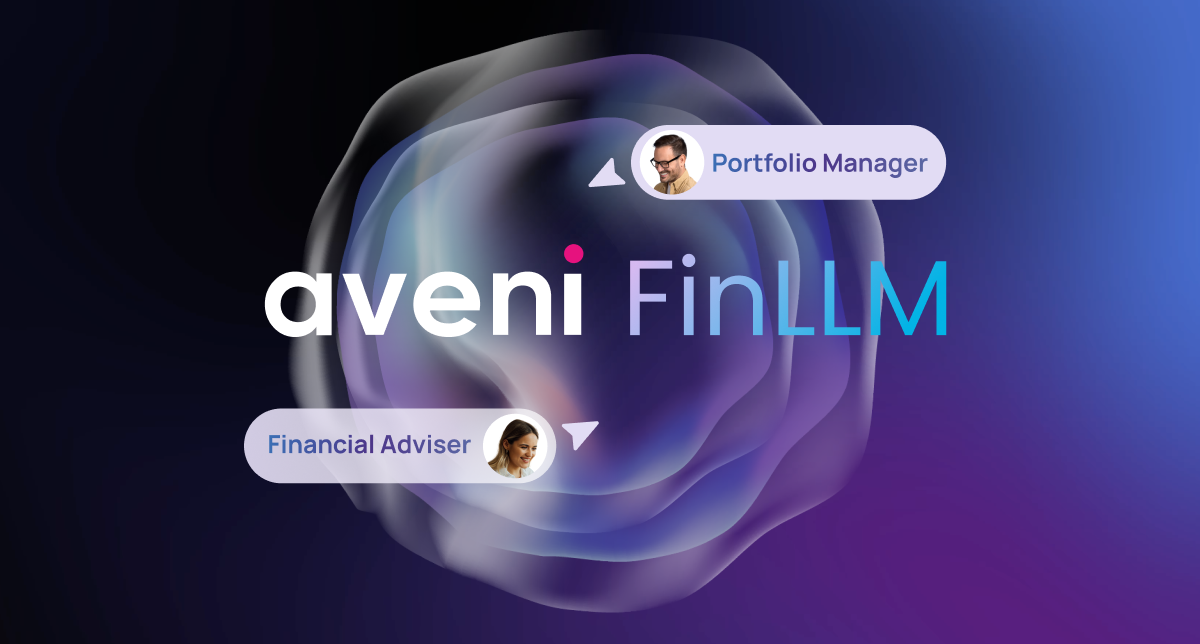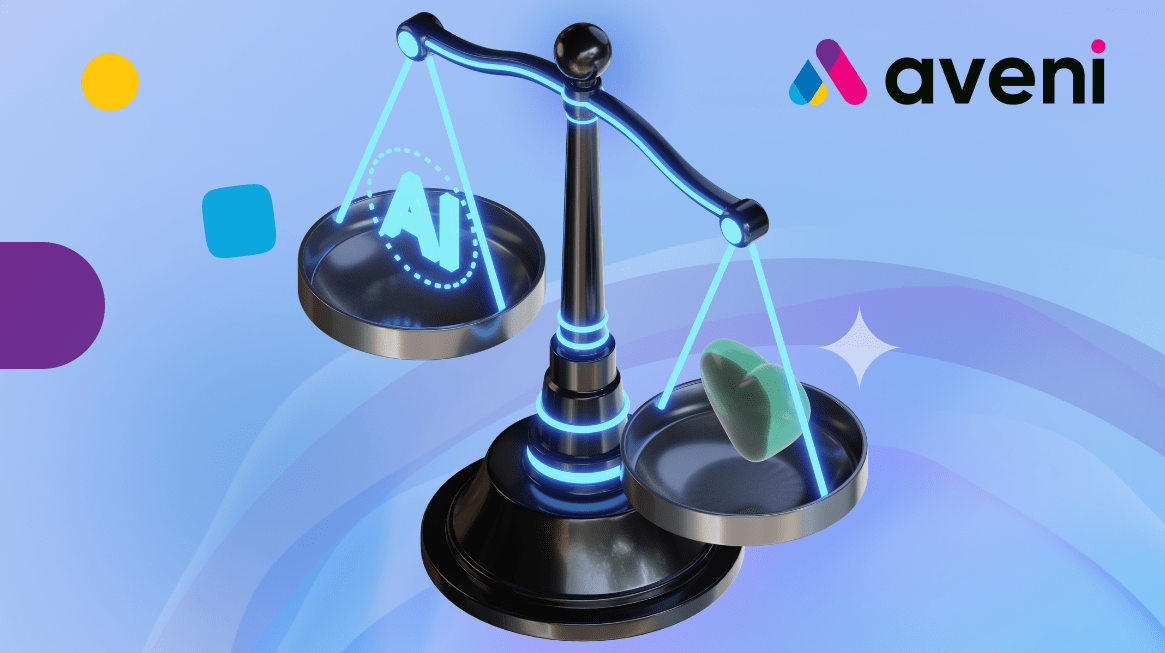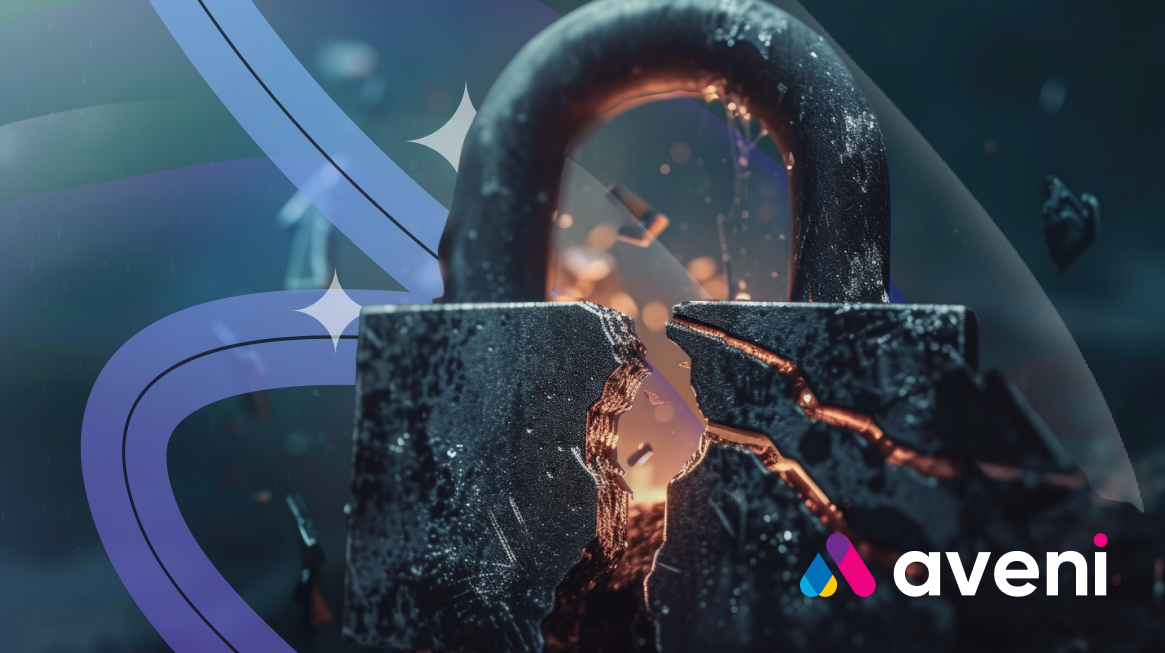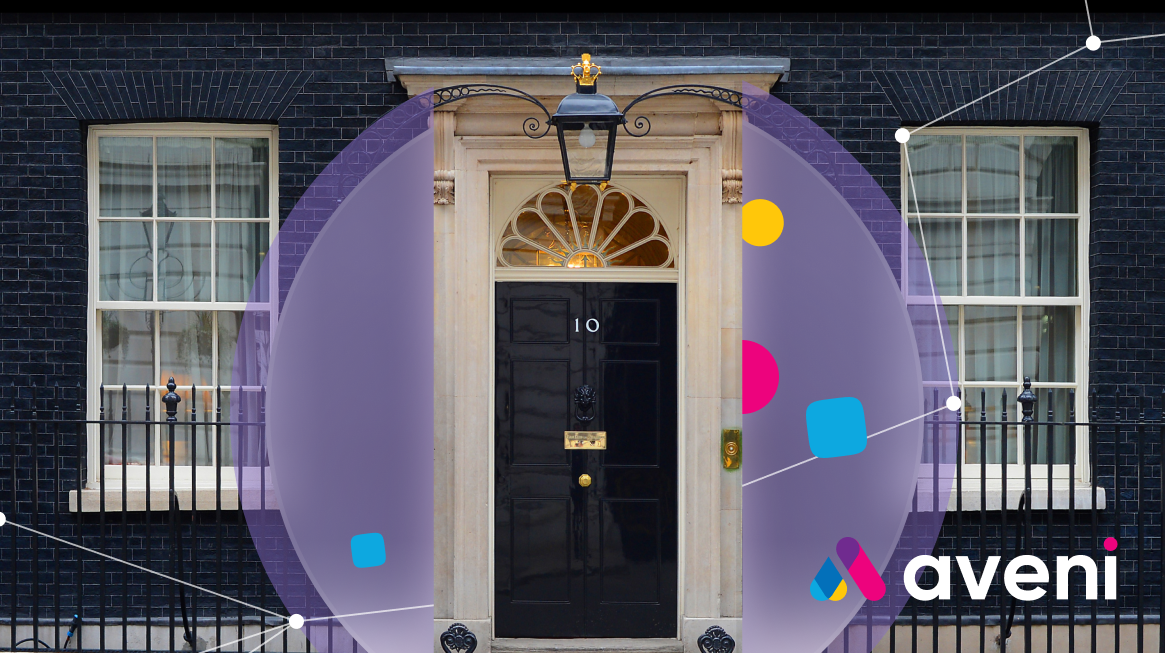Most AI projects fail – and fail spectacularly. The European AI Act launched in August 2024, and similar regulations are spreading globally. But the real challenge isn’t compliance – it’s finding providers who won’t become your next business disaster.
With AI everywhere – in your house, websites, and phone – it’s tempting to get swept up in promises of seamless automation and business transformation. Before you do, there’s something far less glamorous but critically important to consider: governance.
Regulatory bodies are circling, consumer trust is on a knife-edge, and AI’s potential for both brilliance and disaster is well publicised. The EU AI Act now requires providers to meet strict standards for data governance, documentation, transparency, and security. Similar regulations are emerging globally, raising the stakes for everyone involved. If you’re about to bring an AI provider on board, you need to ask the right questions – not the high level stuff about ‘innovation’ and ‘unlocking potential’ but the ones that actually determine whether their AI is fit for purpose, secure, and accountable.
Here’s what you should be asking.
1. Who is responsible if an AI system fails?
If an AI system starts making dodgy decisions, who in your provider’s organisation is accountable? And more importantly, do they have clear policies and processes in place to enforce that accountability? Clear accountability is particularly crucial now that the EU AI Act requires providers of high-risk AI systems to have a quality management system in place to help ensure compliance.
🔍 Follow-up questions to ask:
- Can you name the specific role/person responsible for AI governance decisions?
- What’s your escalation process when AI systems behave unexpectedly?
If the answer is vague, assume the responsibility will be more on you than you’d want.
2. How Do You Handle AI Incidents?
AI is not immune to security breaches, compliance failures, or plain old human error. Your provider needs to have clear processes for reporting incidents, responding to them, and ensuring lessons are actually learned, because “we’ll look into it” isn’t sufficient when you’re facing regulatory fines or customer lawsuits.
🔍 AI governance red flags to watch for:
- No documented incident response plan
- Inability to provide examples of how they’ve handled past incidents
- Vague timelines for incident resolution
3. Are You Using Our Data to Train Your Models?
Just because you’re providing data doesn’t mean they should be using it to refine their own systems. Data governance is a key requirement under the EU AI Act, and providers must be transparent about how training data is used and managed. If they are using your data, you need to know exactly how, where, and why, before your proprietary insights become someone else’s product.
🔍 Essential clarifications:
- Is our data ring-fenced from your general training datasets?
- Do you have opt-out mechanisms for data usage?
4. How Do You Tackle Bias in Your AI Models?
Bias in AI is well-documented, and regulators are increasingly scrutinising how organisations address it. Under the EU AI Act, high-risk AI systems must now demonstrate active bias mitigation measures. If your provider can’t explain their approach to bias detection, mitigation, and ongoing monitoring in plain terms, that’s a red flag.
🔍 Look for specific answers about:
- Regular bias auditing schedules and methodologies
- Diverse training data sources and validation processes
- Clear remediation steps when bias is detected
5. What’s Your ESG Approach, Beyond Just Saying You Care?
Environmental, social, and governance (ESG) considerations are no longer optional. AI systems can have significant environmental impacts, and providers should be transparent about their energy consumption and carbon footprint. Does the provider actively work to minimise AI’s carbon footprint? Do they have strategies for social impact beyond box-ticking?
🔍 Concrete evidence to request:
- Carbon footprint metrics for their AI operations
- Specific community investment programs
- Measurable diversity and inclusion targets
6. Do You Have a Real AI Architecture in Place?
It’s easy to say a system is built for scale, security, and reliability, but do they actually have a defined architecture and methodology that ensures this? With the share of businesses scrapping most of their AI initiatives increasing to 42% this year, up from 17% last year according to S&P Global Market Intelligence, proper architecture is crucial. Can they prove their AI won’t fall apart under pressure or cause a regulatory nightmare due to poor design?
🔍 Technical validation questions:
- Can you provide architectural diagrams and documentation?
- What’s your approach to model versioning and rollback capabilities?
- How do you handle peak load scenarios?
7. How Transparent Are Your Models and Training Data?
If they can’t tell you where their model training data comes from or whether it includes copyrighted or proprietary materials, you could be opening yourself up to legal and ethical risks. Training data transparency is becoming increasingly important as legal challenges around AI training data continue to emerge. Transparency isn’t optional, it’s essential.
🔍 Documentation they should provide:
- Training data sources and licensing agreements
- Model cards explaining capabilities and limitations
- Regular transparency reports on model performance
8. What Security Measures Are in Place? (And Don’t Just Say ‘Industry Standard’)
AI security threats like model poisoning and prompt injection attacks are real. Given the increasing sophistication of these attacks, your provider should be able to outline the specific security controls they have in place, not just tell you they follow best practices.
🔍 Specific security controls to verify:
- Input validation and sanitisation processes
- Model access controls and monitoring
- Regular penetration testing schedules
9. Can We Override the AI When Needed?
A good AI system should support human decision-making, not replace it entirely. The EU AI Act explicitly requires human oversight for high-risk AI applications. You need to be sure there’s a mechanism for human intervention if things start going awry.
🔍 Human oversight requirements:
- Clear escalation paths for human intervention
- Audit trails showing when and why overrides occurred
- Training programs for staff managing AI systems
10. How Do You Keep Your AI Up to Date?
AI is evolving rapidly. If their model is static or relies on ad-hoc updates, it won’t be fit for purpose for long. The rapid pace of AI development means systems can quickly become outdated without proper maintenance and updates. Do they have a clear process for ongoing model refinement, updates, and alternative AI integrations?
🔍 Maintenance commitments to secure:
- Scheduled model retraining and validation cycles
- Performance monitoring and alerting systems
- Clear upgrade paths and backward compatibility
Final Thought: If They Can’t Provide Clear Answers, They May Not Be the Right Fit
The biggest mistake firms make when choosing an AI provider is assuming the flashy demo equals a robust, ethical, and well-governed system. The real test is how well they answer the difficult questions, the ones about accountability, security, transparency, and resilience. If they can’t provide clear, documented answers to these questions, they may not be the right provider for your needs.
What Good Answers Look Like
At Aveni, we believe transparency and accountability are more than buzzwords. They’re the foundation of responsible AI deployment. Our governance framework addresses each of these questions with documented processes, clear accountability structures, and regular third-party audits. We’re always happy to discuss our approach to AI governance because we believe informed clients make the best partners.
FAQ: Key Questions to Ask AI Providers
Q: What is AI governance and why does it matter?
A: AI governance ensures responsible, transparent, and secure development and deployment of AI systems—critical for trust and compliance.
Q: What questions should I ask to evaluate an AI provider?
A: Focus on accountability, incident handling, data usage, bias mitigation, ESG, technical architecture, transparency, security, oversight, and maintenance.
Q: How can I verify a provider has strong AI governance?
A: Ask for documentation: incident response plans, bias audits, data usage policies, security protocols, architecture diagrams, and model transparency reports.
Q: What’s the risk of not asking these questions?
A: Poor governance can lead to failed projects, regulatory fines, security breaches, and reputational damage.











